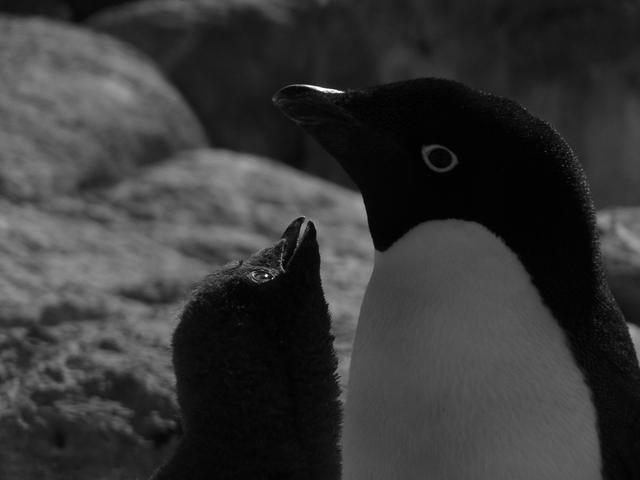USTC-CAA Joint Laboratory for Polar Eco-geology
USTC-CAA Joint Laboratory for Polar Eco-geology was founded in 2005, on the basis of the Polar Institute of Environment, USTC. The joint lab was cosponsored by the University of Science & Technology of China (USTC) and the Chinese Arctic & Antarctic Administration (CAA). At the support of CAA, 33 people/times in the joint lab have attended the Chinese National Arctic & Antarctic Research Expeditions (CHINARE) from 1998. Recently, the lab have expanded study areas from Chinese stations (Changcheng, Zhongshan and Kunlun) to Australian Davis station, American McMurdo station, Spanish Bayers station and Italian Mario Zuccelli station by the international field investigation cooperations in Antarctica.
The Lab aims to study the Holocene climate and environmental change, evolution of marine and terrestrial ecosystems and their relationships with global change and anthropogenic activities and element biogeochemical cycles. The typical study areas of the joint lab focus on the Polar-Equator-Polar II, include Antarctica, South China Sea, Chinese East and Yellow Sea, Chinese inland area and Arctica. The main research fields of the joint lab include:
Paleoecological records of penguin and seal
Environmental change from lake sediment in Antarctica nad Arctica
Eco-geology from Antarctic Zhongshan to Kunlun Station
Records of human civilization in sediments of animal remains
Organci geochemistry study on the sediments of animal remains
Aerosols in polar marine boundary with global change
Environmental geochemistry of Hg & POPs in polar marine boundary
Monitoring of greenhouse gas in Polar tundra area
Ecological and environmental change of islands of South China Sea and their response to global change
Climate change at South China Sea in millennial scales
Evolution of ecology and environment of Chinese East and Yellow Sea
Eco-geology and Archeology in Mengcheng, Anhui province
Polar soft science:Polar science policy
